The U.S. Patent and Trademark Office on Thursday published an Apple patent filing describing a unique mobile device feature that can automatically request assistance if it is determined that a user is in distress.
Apple's patent application for "Mobile emergency attack and failsafe detection" covers a software and hardware implementation for an emergency services request system using the one thing almost everyone carries on a day-to-day basis: a smartphone.
The filing describes a system that uses a mobile device's onboard sensors to detect a probable emergency situation, such as a physical attack against the user. The system can then automatically request help via cellphone call or other mode of communication.
As Apple notes, users may encounter problems or emergency situations while traveling from one place to another. The invention is meant to help assist the user in the case of automobile accidents, muggings and debilitating medical issues, among other scenarios.
First, the system generates an emergency call list from a user's address book or crowd-sourced database (like local 911 numbers). Alternatively, users may set contact numbers manually. The device can also use its GPS functionality to constantly update the database, and in the case of an emergency, will message the nearest contact on the list.
In one embodiment, the system revolves around a user-enabled "attack detection mode" that, when activated, monitors for certain events. A number of optional sub-modes can be selected to meet a multitude of operating environments.
Most modes monitor user interaction. Examples would be a finger breaking contact with the device screen or not moving for a given period of time. In other cases, the system utilizes onboard sensors like an accelerometer or microphone. For example, the device monitors for sudden movements or loud noises surpassing a certain threshold.
In yet another example, a user can depress a physical button like volume up/down, which then acts as a "dead man switch." If the button is released, the system will determine something has gone wrong.
When the system senses a possible attack, it enters a warning mode that counts down to an audible alarm, emergency call or similar response. To exit the warning mode, the user must interact with the device, perhaps placing their finger back on the screen or dead man switch. Alternatively, a disarm code can be entered to turn return back to attack monitoring.
If the device reaches "attack detection response mode," the system will play an audible tone, overriding "silent" or "vibrate" settings if needed. A silent alarm may also be activated, which calls a relative or predefined emergency services phone number. In the latter case, GPS coordinates can be supplied along with an alert message.
Users may also initiate the response mode manually by shaking the device or performing some other predefined gesture. The alarm or response alert can be disabled via an on-screen keypad.
In another embodiment, the device can monitor for an auto accident by using GPS and an accelerometer to determine speed, quick stops or crashes, among other events. When a device is moving faster than a baseline speed, the system is armed. If the device comes to a sudden stop, it may be determined that an accident has taken place.
To prevent false alarms, the same warning window implemented in the attack detection embodiment is employed. Therefore, if a user accidentally drops their phone, which would possibly signal a crash, they would be able to disable a subsequent alert by entering a disarm code.
The emergency response procedure is also similar to the attack detection mode in that an alarm sounds and calls to appropriate parties are made. In this case, however, two-way communication can be automatically enabled, with speaker volume turned up to its highest setting in case a driver is trapped away from their phone.
In a final embodiment called "Failsafe emergency detection," the device can be placed in a monitoring mode that requires user interaction within predefined time intervals. For example, when this mode is engaged, a user may need to touch the screen or press a button every half hour.
The failsafe mode is useful to those who may suffer an unexpected emergency due to a medical condition.
It is unclear if Apple will deploy the proposed system in a future version of iOS, though with iPhone theft being a major issue in some areas, such a feature may be worth implementing.
Apple's emergency detection and response patent application was first filed for in 2012 and credits Robert D. Butler as its inventor.
 Mikey Campbell
Mikey Campbell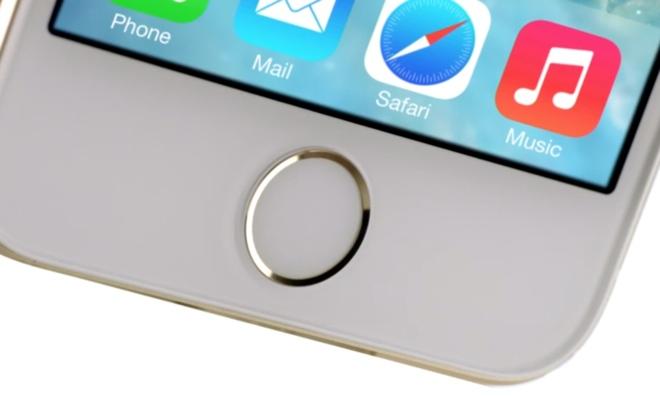
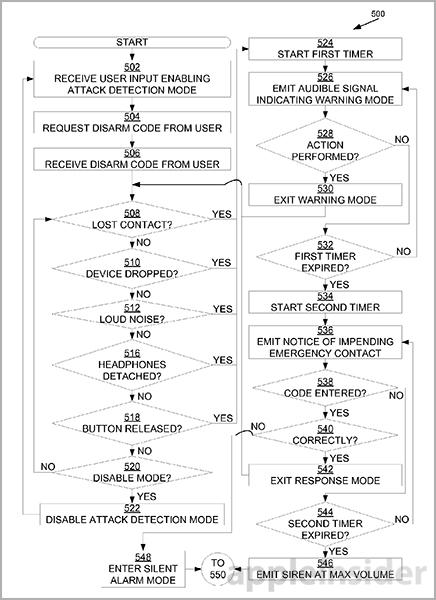
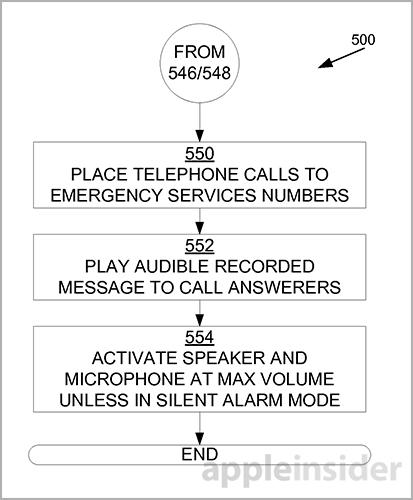

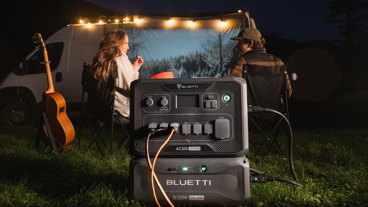













 Sponsored Content
Sponsored Content
 Wesley Hilliard
Wesley Hilliard
 AppleInsider Staff
AppleInsider Staff
 Andrew Orr
Andrew Orr
 Amber Neely
Amber Neely

 William Gallagher
William Gallagher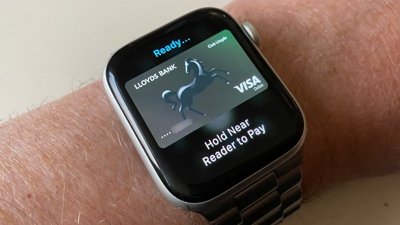









37 Comments
Help. I've fallen.... and I can't get up!
The U.S. Patent and Trademark Office on Thursday published an Apple patent filing describing a unique mobile device feature that can automatically request assistance if it is determined that a user is in distress...
The failsafe mode is useful to those who may suffer from an unexpected emergency due to a medical condition.
About 18 months ago, my iPhone, which had been on a steady though accelerating trajectory, suddenly moved through a vertical arc of about 270°, coming to a sudden halt. I guess that it could then have called emergency to request an ambulance, which in the end is what I required having been brought down at 50 km/hr by a 4x4 while cycling lol. The iPhone continued to register my trip to the ER, using https://itunes.apple.com/au/app/cyclemeter-gps-cycling-running/id330595774?mt=8.
"Threat detected! Entering iTaser mode, press device against assailant and hold down home button."
Something like this, even if patented, should be given away to all comers when/if implemented. [S]Just as Mercedes-Benz did with the airbag.[/S] I had in mind anti-lock brakes: http://bit.ly/P46r4q
That's not the kind of thing I'd patent. If it can help someone it should be accessible to as many people as possible.